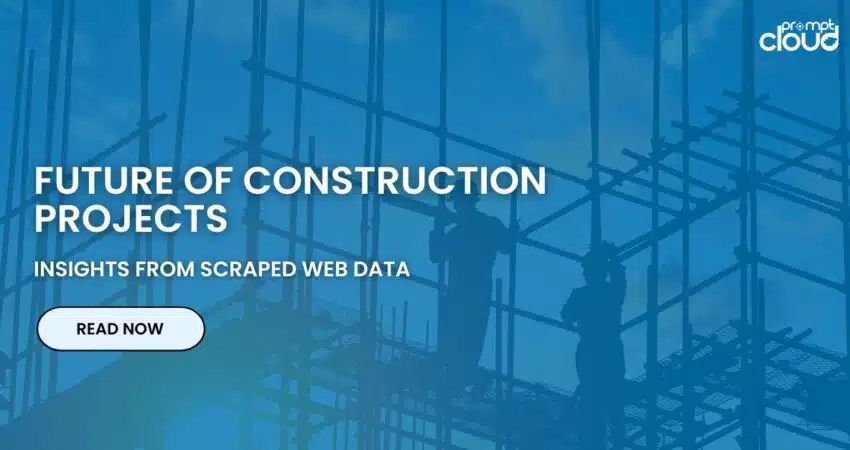
The construction industry has always been at the forefront of technological advancements. Over the years, many innovative tools, materials, and methods have reshaped how buildings and infrastructure projects are planned, executed, and maintained. With a growing focus on sustainability, efficiency, and safety, new technologies are helping industry professionals improve project outcomes. This article explores some of the innovations that are shaping the future of construction, offering insights into the tools and techniques that are changing the way we build.
Custom Shims: Precision in Construction Foundations
In the world of construction, precision is paramount. Foundations and structural components must be perfectly aligned to ensure the safety and longevity of a building. One critical innovation that has emerged to meet this demand is custom shims. These small, precisely cut pieces of material help fill gaps or adjust components during installation. Shims are commonly used to level surfaces or align structural components, such as beams or columns. The ability to create custom shims tailored to a project’s exact specifications allows construction teams to achieve higher accuracy and efficiency. Experts at companies like the Deslauriers company have helped streamline this process. They provide high-quality custom shims that meet the specific needs of each project.
Modular Construction: Building Faster, Smarter
Modular construction is gaining traction as an efficient alternative to traditional building methods. This approach involves assembling prefabricated modules or sections of a building off-site, which are then transported and assembled at the construction site. By prefabricating much of the structure in a controlled environment, modular construction can significantly reduce on-site construction time. This process minimizes delays due to weather conditions and other site-specific challenges, leading to faster project completion. Modular construction is being applied to a wide range of projects, from residential homes to commercial buildings, and it is becoming increasingly popular in urban areas where space is limited.
3D Printing: Revolutionizing Building Materials
3D printing, or additive manufacturing, has moved beyond simple prototypes and is now making waves in the construction industry. This technology allows for the creation of complex building materials and even entire structures using a layer-by-layer approach. 3D printing has the potential to reduce construction costs by eliminating waste and reducing labor requirements. Moreover, it offers unprecedented design flexibility, enabling the creation of structures with unique, intricate shapes that would be difficult or impossible to achieve with traditional construction methods. This innovation is still in its early stages, but it promises to become an integral part of the future of construction as technology continues to evolve.
Artificial Intelligence (AI) in Construction Management
Artificial intelligence (AI) is making significant strides in the construction industry, particularly in construction management. AI-powered software is being used to optimize project scheduling, resource allocation, and risk management. By analyzing large datasets, AI can predict potential project delays, cost overruns, and identify areas where efficiency can be improved. This predictive capability allows construction managers to make informed decisions and adjust their strategies proactively. AI is also being used in construction site safety, where computer vision and machine learning algorithms can detect safety hazards, alerting workers to potential risks before they become serious problems.
Sustainable Building Materials: Eco-friendly Alternatives
The construction industry is increasingly focusing on sustainability as the need to reduce its environmental impact becomes more urgent. One of the key ways this is being achieved is through the use of sustainable building materials, which are designed to minimize negative effects on the environment while still maintaining the structural integrity and functionality required for construction projects. These eco-friendly materials not only help reduce carbon emissions but also promote a circular economy by using renewable or recycled resources. For example, recycled steel is becoming a popular choice in construction because it reduces the demand for virgin materials, cutting down on the energy required for production. Bamboo, another sustainable alternative, is fast-growing, renewable, and incredibly durable, making it a strong contender for use in flooring, furniture, and even structural elements in buildings. In addition, advances in the development of low-carbon concrete, which uses alternative binders instead of traditional Portland cement, are significantly reducing the carbon footprint of concrete production.
Drones: Enhancing Site Monitoring and Safety
Drones have become an indispensable tool on modern construction sites, offering a variety of benefits that improve both efficiency and safety. One of the most significant advantages drones provide is enhanced site monitoring. Equipped with high-resolution cameras and advanced sensors, drones can capture detailed aerial images and videos of the construction site from every angle. This capability allows project managers to monitor progress in real-time, track timelines, and spot any issues before they become major problems. With drones, they can quickly assess hard-to-reach areas, like rooftops or tall structures, without requiring workers to scale ladders or scaffolding, reducing the risk of accidents. Drones also facilitate precise mapping of the construction site, creating 3D models and digital elevations, which are invaluable for planning, analysis, and decision-making. These models can help identify potential design or logistical issues early in the process, saving time and money. In terms of safety, drones significantly reduce the need for workers to perform hazardous tasks at dangerous heights or in challenging environments. By performing inspections and surveys autonomously, drones help minimize the exposure of workers to high-risk situations.
Robotics: Automating Construction Tasks
Robotics is slowly making its way into construction, with robots designed to perform specific tasks that are typically time-consuming or hazardous for human workers. One notable example is bricklaying robots, which can quickly and accurately lay bricks with little human intervention. Robotics is also being used for tasks such as welding, demolition, and material handling. By automating these processes, construction teams can save time, reduce labor costs, and improve the overall quality of their work. As robotics technology advances, it is expected that robots will play an even greater role in the construction industry, taking on more complex tasks and further enhancing productivity.
The construction industry is evolving rapidly, driven by new technologies and innovative methods that are improving the way buildings are designed, constructed, and maintained. From custom shims and modular construction to AI-powered management tools and 3D printing, the possibilities for future construction projects are vast. By embracing these innovations, construction companies can achieve greater precision, speed, and sustainability in their projects, ultimately benefiting both clients and the environment. As these technologies continue to advance, we can expect even more groundbreaking developments that will shape the future of construction for years to come.


















